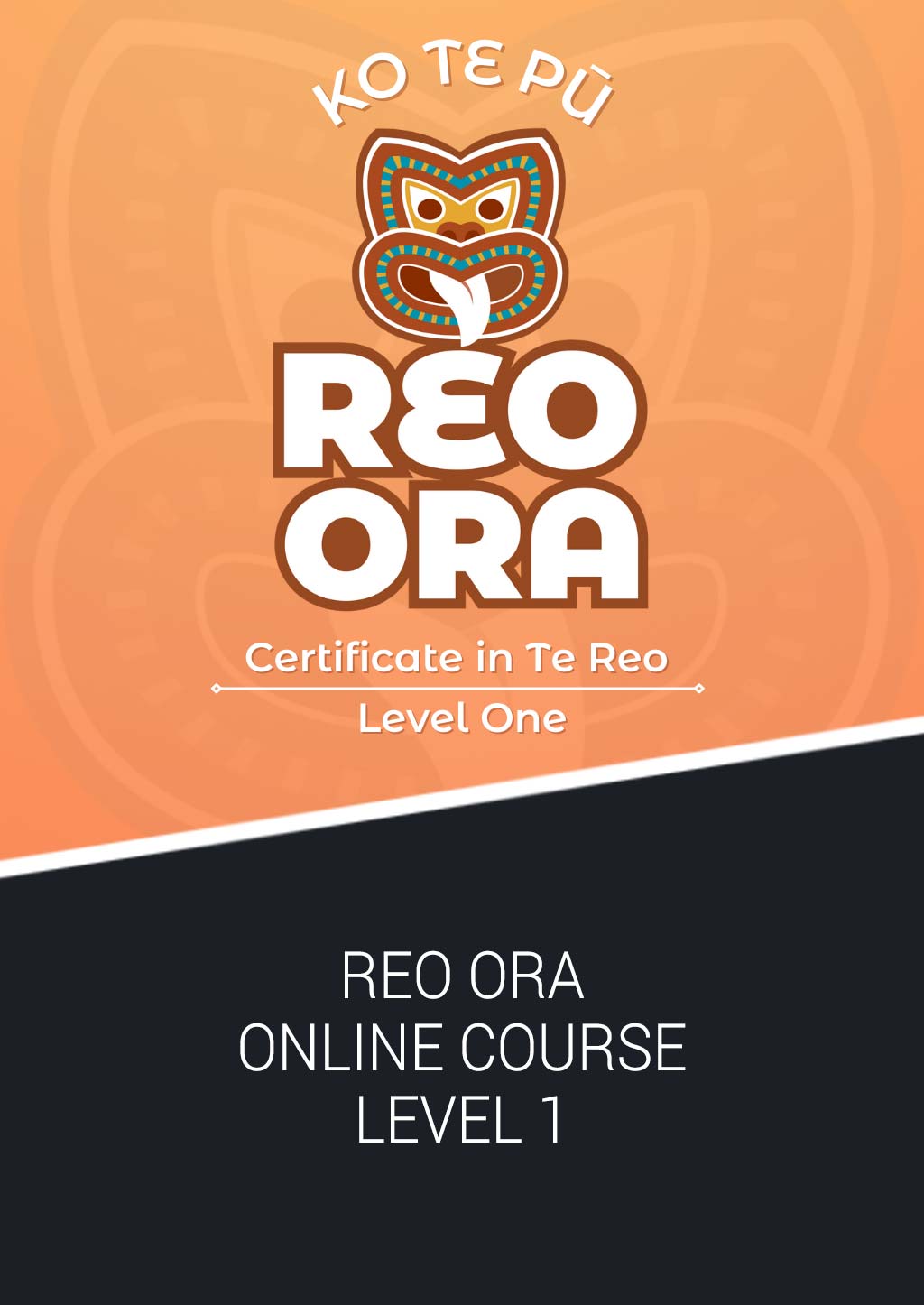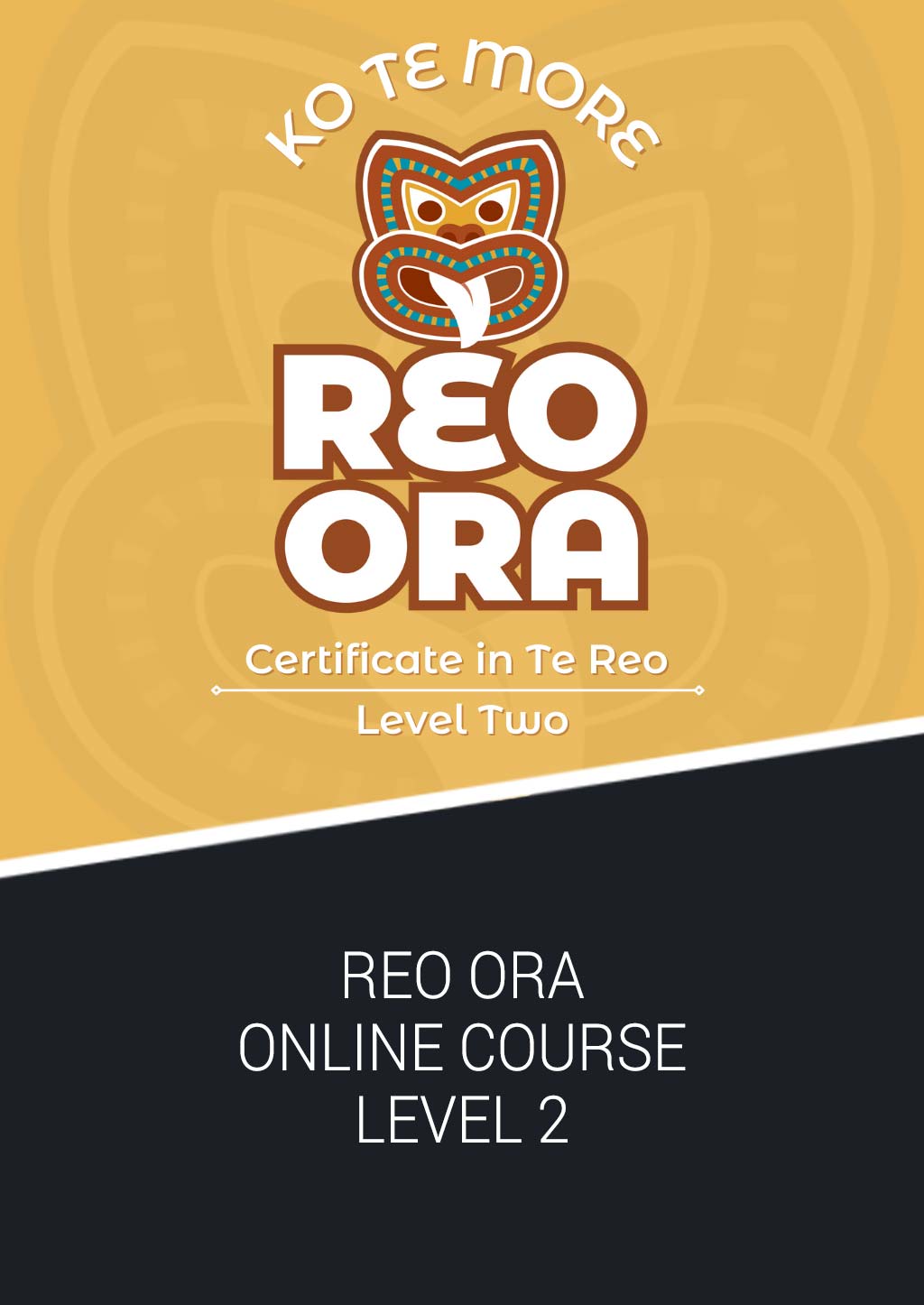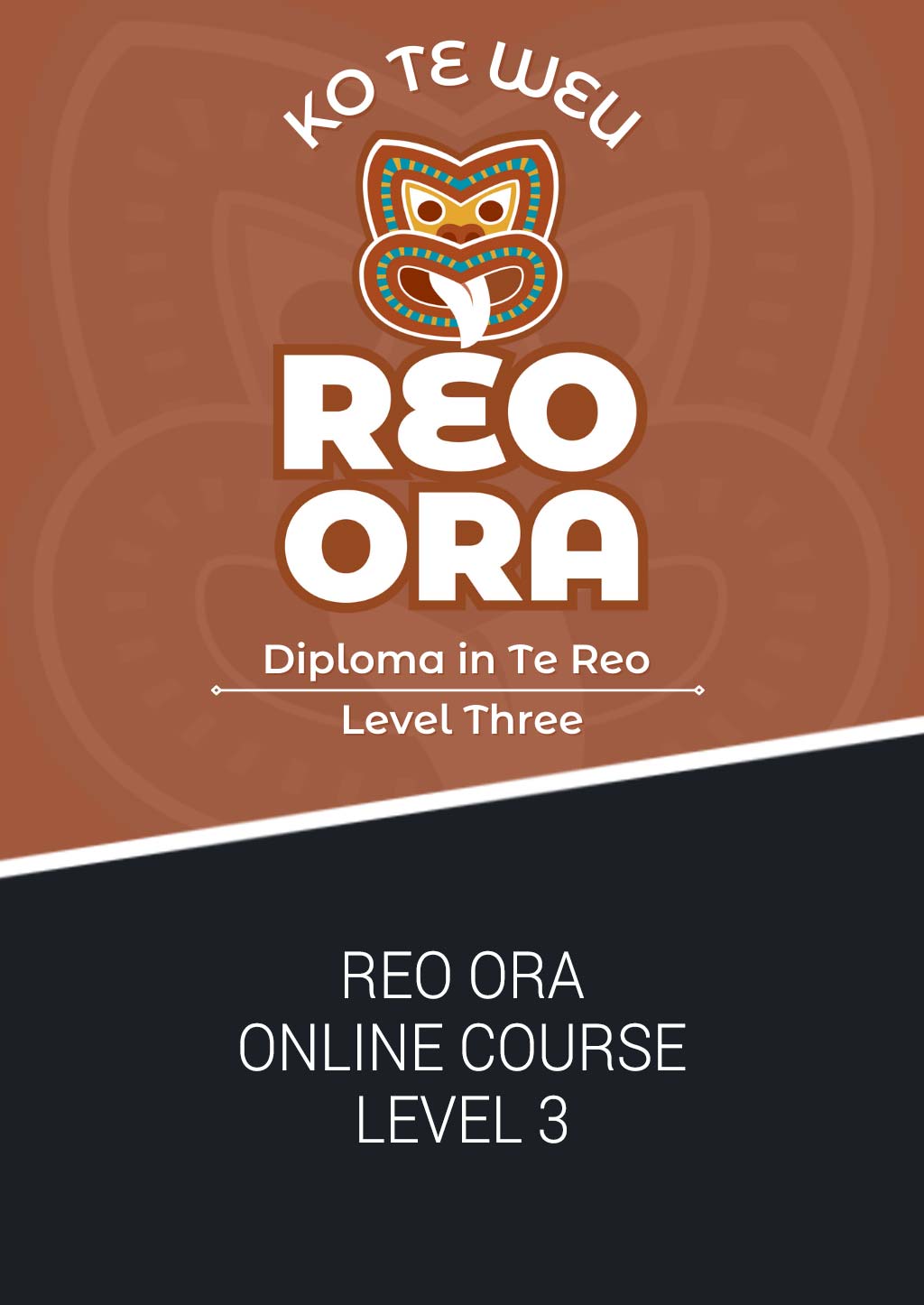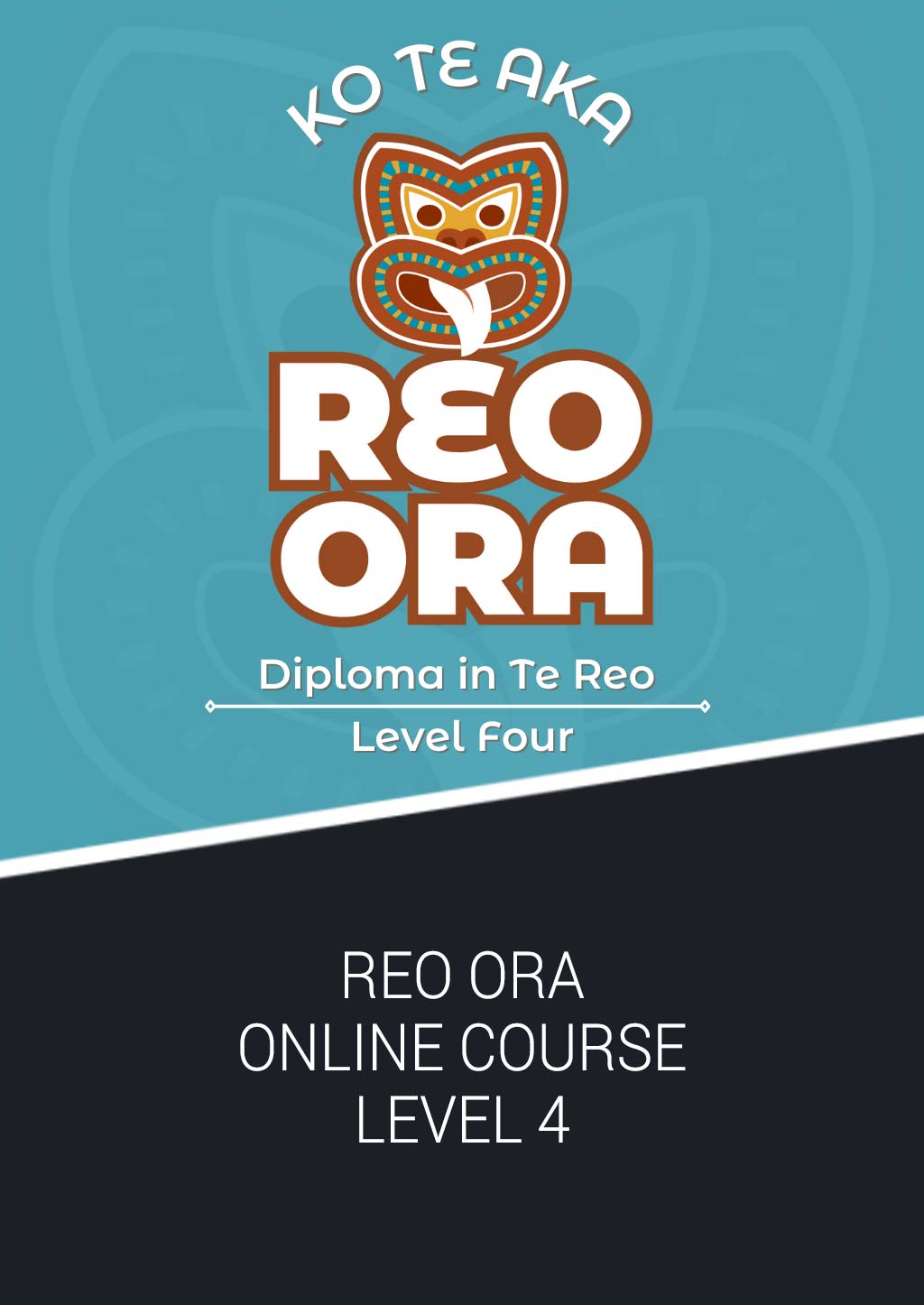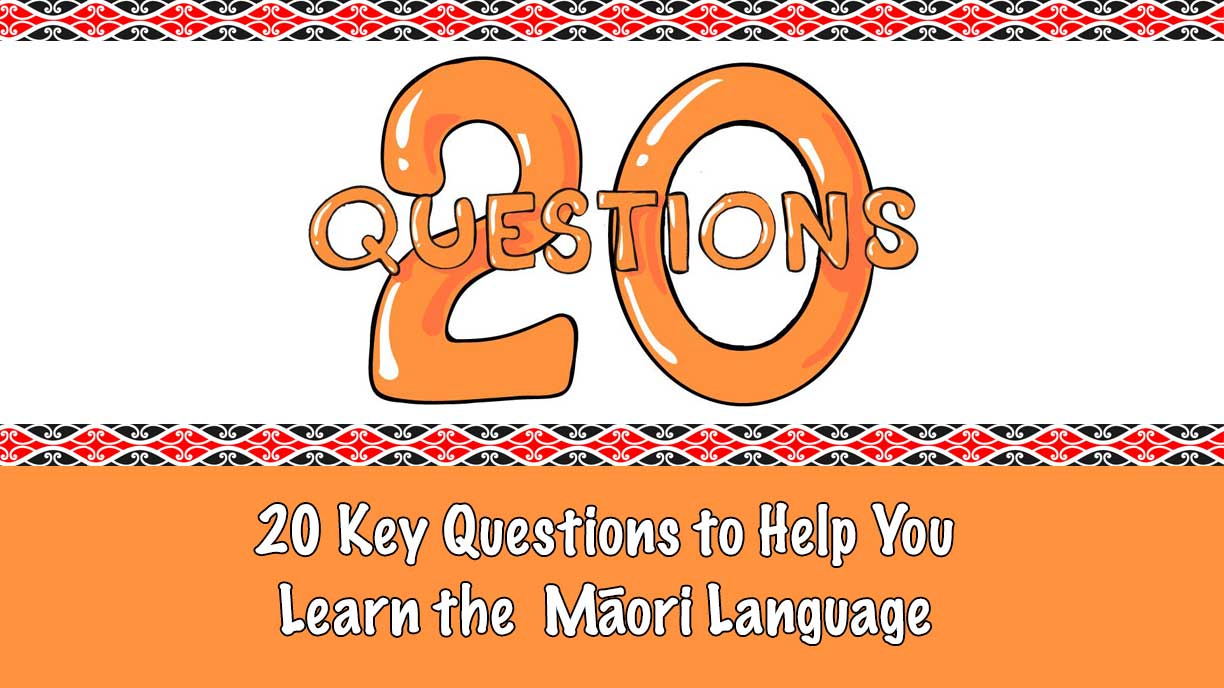
25 Nov Learn Te Reo Māori: 20 Key Questions – Reo Ora’s Māori Language Guide
Learn to Speak Te Reo Māori: Master the Basic Māori Language with Our Comprehensive Māori Language Learning Guide
When embarking on the journey to learn Te Reo Māori, it’s crucial to have a clear understanding of various aspects of the language and its cultural context. Here are 20 questions and answers designed to guide you in your Māori language learning process:
Basics: What are some basic Māori phrases I should start with to learn Te Reo Māori?
Start learning Te Reo Māori with simple greetings like “Kia ora” (hello), “Ata mārie” (good morning), and “Ka kite anō” (see you again). Learn to introduce yourself with “Ko [your name] ahau” (I am [your name]). Basic phrases like “Aroha mai” (sorry), and “Tēnā koe” (thank you) are also essential. These phrases not only help you speak Te Reo but also immerse you in Māori culture. Practicing these daily, even for 5 minutes, can significantly aid your language acquisition.
Language Learning: What are the best language learning strategies for someone beginning to learn Te Reo Māori?
For beginners in Te Reo Māori, immersive methods such as listening to Māori music, watching Māori Television, and practicing with native speakers are highly effective. Language apps created to help with Te Reo, available on platforms like Google Play, offer interactive learning experiences. Joining language courses from Reo Ora can provide structured learning and deepen your understanding of both the language and Māori culture.
Pronunciation: How can I master the pronunciation of Te Reo Māori to ensure accurate communication?
Mastering the pronunciation of Te Reo Māori involves understanding the vowel sounds and the use of the macron, which lengthens vowel sounds. Practice pronouncing Māori words correctly by listening to native speakers, using language apps, or taking online pronunciation courses. Repeating words and phrases daily, even if it’s just for 5 minutes, can significantly improve your pronunciation skills.
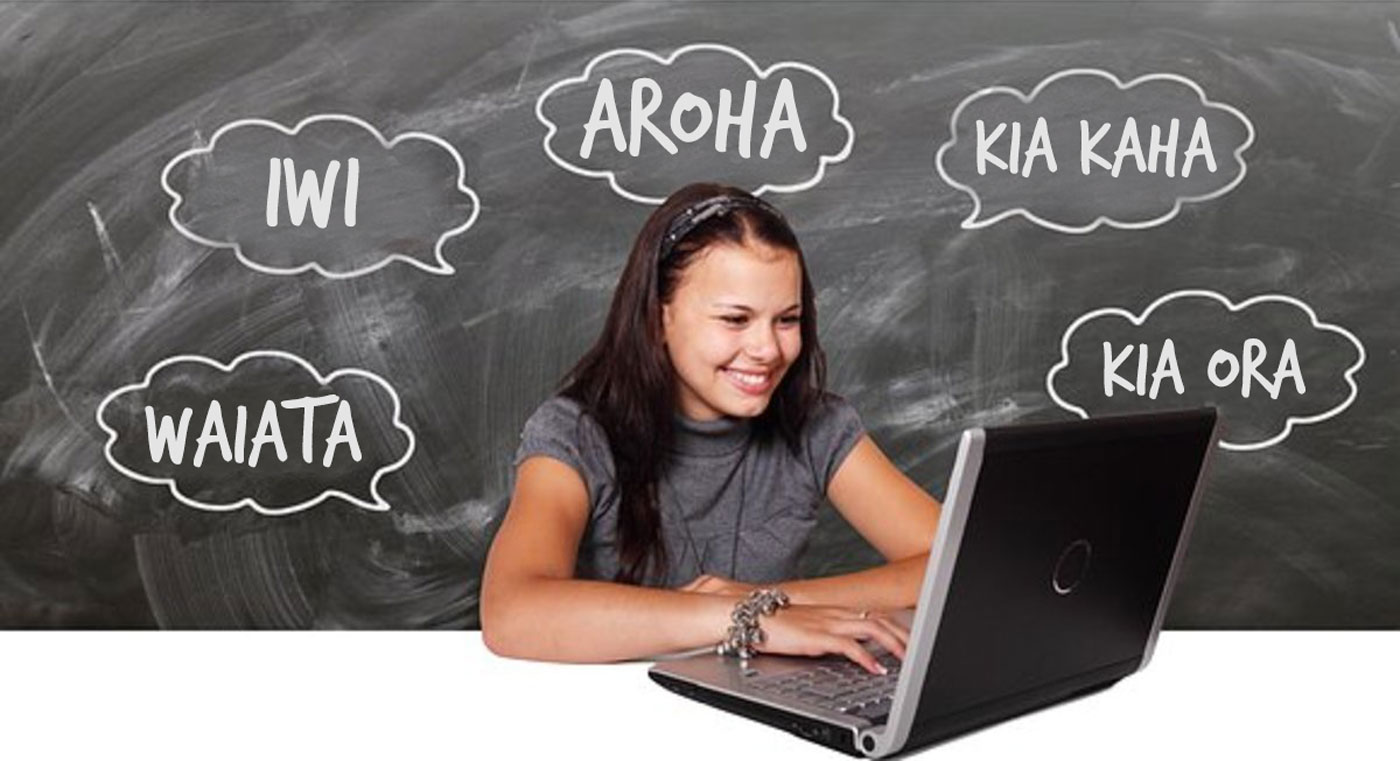
Greetings: How do I use the greeting “Kia ora” correctly in different contexts in Te Reo Māori?
“Kia ora” is a versatile greeting in Te Reo Māori used to say hello, thank you, and to express well-being. In formal settings, you might use “Tēnā koe” (to one person), “Tēnā kōrua” (to two people), or “Tēnā koutou” (to three or more people). The context and number of people you’re addressing will guide which form of greeting to use.
Resources: What resources, like a Māori dictionary or Te Aka, can help me learn the Māori language more effectively?
Effective resources for learning the Māori language include the Te Aka Māori Dictionary for vocabulary building, Māori Television for listening practice, and Te Reo Māori online courses for structured learning. Apps like those from Reo ora, found on Google Play & Apple Apps, designed to help with language learning, offer interactive exercises. Books, or pukapuka, focusing on basic Māori language are also helpful.
Television: How can watching Māori Television assist in enhancing my Te Reo Māori skills?
Watching Māori Television can immerse you in Te Reo Māori and Māori culture. It helps in listening comprehension, learning pronunciation, and understanding the contextual use of phrases. Television shows often include subtitles, aiding in language learning and making it easier to follow along and learn new words and phrases.
Cultural Understanding: How does learning basic Māori language help in understanding the kaupapa (purpose) and culture of the Māori people?
Learning Te Reo Māori opens a window into the Māori worldview, customs, and traditions. Understanding basic phrases and their cultural contexts helps grasp the deeper meanings and values of the Māori people, such as respect for nature and community. This understanding strengthens your connection to the language and enriches your learning journey.

Waiata: How can learning waiata (songs) aid in my journey to learn Te Reo Māori?
Learning waiata (songs) is an enjoyable and effective way to learn Te Reo Māori. Songs often contain repetitive phrases and vocabulary, aiding in memory retention. Waiata also provide insight into Māori culture, history, and traditions, making them a valuable learning tool.
Te Reo in Daily Life: What are some tips to incorporate Te Reo Māori into my daily life as I learn to speak it?
To incorporate Te Reo Māori in daily life, start by using basic greetings and phrases. Label household items with their Māori names, listen to Māori music, and watch Māori TV or news. Engage with Te Reo Māori social media pages and use language learning apps for just 5 minutes a day to gradually build your skills.
Online Learning: Are there online platforms or courses specifically made easy for learning basic Māori?
There are numerous online platforms and courses specifically designed for learning Te Reo Māori. These include interactive language apps, virtual classrooms, and websites offering structured lessons. They often feature audiovisual materials to aid in pronunciation and understanding, making language learning engaging and accessible.
Language Exchange: How can I find language exchange partners to practice and speak Te Reo Māori with?
To find language exchange partners for practicing Te Reo Māori, look into local language groups or online forums dedicated to Te Reo. Social media platforms, community centres, and universities may also offer language exchange programs. Engaging with native speakers through conversation exchanges can significantly enhance your language skills.
Grammar and Structure: What are the key grammatical structures I need to understand when learning basic Māori?
Key grammatical structures in Te Reo Māori include the use of particles like ‘ka’ and ‘i’, verb-noun sentence structure, and possessive pronouns like ‘taku’ and ‘tōu’. Understanding these basics provides a foundation for constructing sentences and expressing thoughts accurately in Te Reo.
Vocabulary Building: What strategies can help you learn and expand your vocabulary in Te Reo Māori?
To expand your Te Reo Māori vocabulary, start with common words and phrases used in everyday conversations. Use flashcards, language apps, and regularly read Māori texts. Practice using new words in sentences, and try writing or speaking in Māori for at least 5 minutes a day.
Cultural Significance: Why is it important to learn Te Reo Māori, considering its cultural and historical significance in New Zealand?
Learning Te Reo Māori is crucial for understanding New Zealand’s heritage and the indigenous Māori culture. As one of New Zealand’s official languages, it represents the Māori people’s identity, traditions, and history. Preserving and learning the language contributes to cultural diversity and mutual respect.
Community Involvement: How can participating in community events or kete (baskets) of knowledge enhance my Māori language learning?
Participating in community events and engaging with kete (baskets) of knowledge like marae visits, local wānanga, and cultural festivals can greatly enhance your Māori language learning. Such involvement offers practical language use, exposure to native speakers, and a deeper understanding of Māori customs and values.

Immersion Techniques: What immersion techniques are most effective for learning to speak Te Reo Māori?
Full immersion is a highly effective technique for learning Te Reo Māori. This includes participating in marae stays, attending wānanga (educational workshops), and engaging in conversations with native speakers. Immersive experiences help in understanding the cultural context and nuances of the language.
Learning Challenges: What are common challenges learners face when they learn Maori and how can they be overcome?
Common challenges in learning Te Reo Māori include mastering pronunciation, understanding grammatical structures, and finding opportunities for practice. Overcoming these requires consistent practice, using resources like Māori dictionaries, and engaging in language exchange or immersion programs.
Oral Traditions: How does understanding and practicing oral traditions contribute to learning Te Reo Māori?
Engaging with oral traditions like storytelling and waiata (songs) enhances language learning by providing cultural context and historical insights. These traditions are integral to the Māori language and offer a deeper connection to its roots and meanings.
Language Revitalisation: How can I contribute to the revitalisation of Te Reo Māori through my language learning process?
Contributing to Te Reo Māori revitalisation involves active learning and using the language in daily life. Supporting initiatives that promote Te Reo, participating in Māori Language Week, and encouraging others to learn and speak the language also play a significant role.
Ongoing Learning: What are the best practices for ensuring ongoing improvement and fluency in speaking Te Reo Māori?
Ensuring ongoing improvement in Te Reo Māori involves regular practice, continuous learning, and seeking opportunities for conversation with native speakers. Joining language groups, staying updated with resources like Māori Television, and participating in cultural events can maintain and enhance fluency.
Conclusion
In conclusion, embarking on the journey to learn Te Reo Māori, one of New Zealand’s official languages, is not only about acquiring a new linguistic skill but also about immersing oneself in the rich tapestry of Māori culture. As we have explored, starting with basic Māori phrases and greetings like “Kia ora” and using resources such as Māori dictionaries, Te Aka, and Māori Television, significantly aids in grasping the language’s essence. Language learning platforms, especially those tailored for Te Reo Māori like Reo Ora, provide comprehensive and interactive approaches to mastering pronunciation, vocabulary, and grammar.
Engaging with the language daily, even for just 5 minutes, can make a substantial difference in language acquisition. The importance of cultural immersion through waiata, kaupapa, and participation in community events cannot be overstated. These experiences not only enhance linguistic proficiency but also deepen the understanding of the Māori worldview and traditions. Furthermore, language exchange with native speakers and attending wānanga contribute significantly to fluency.
The pursuit of learning Te Reo Māori is a respectful nod to the indigenous Māori people of Aotearoa and an important step in preserving and revitalising this beautiful language. As learners progress, they not only contribute to the maintenance of a vital part of New Zealand’s cultural heritage but also enrich their own lives with a deeper understanding of the Māori language and culture. Therefore, whether through formal education, online platforms like Reo Ora, or immersive cultural experiences, the journey of learning Te Reo Māori promises to be both enriching and enlightening, taking one’s understanding of language and culture to new heights.

